About Udaipur

Udaipur, the stunning City of Lakes in Rajasthan, is renowned for its majestic palaces, scenic landscapes and vibrant culture. Home to some of India’s most spectacular forts, Udaipur has become a popular tourist destination for travellers from all corners of the globe. The city is also known for its lip-smacking delicacies that are unique to the region. The city’s culinary scene includes delicious Rajasthani cuisine such as Dal-Baati-Churma, Kadhi-Bafla and Gatte ki Sabzi. Here at Natraj Dining Hall & Restaurant, we also serve cuisine from other parts of India, like Gujarat, making it a must-visit spot for locals and visitors coming to Udaipur.
If you’re looking for an unforgettable dining experience in this beautiful city, look no further than Natraj Hotel in Udaipur. Established in 1969, Natraj has treated guests to the authentic flavours of Rajasthani cuisine ever since. Enjoy the best of traditional Gujarati and Rajasthani thalis at this cosy restaurant in the heart of Udaipur city centre. Your taste buds will be tantalized by the variety and quality of food at Natraj Hotel & Restaurant.
Apart from serving delicious food, Natraj Hotel & Restaurant is well known for its warm hospitality and friendly staff. Guests can enjoy lunch or dinner amid a great ambience created by tasteful décor and comfortable seating arrangements. So whether it’s a family gathering or an evening out with friends, you will feel right at home here at Natraj! Plus, a special menu is available on request if you’re looking to cater to a large group or organize corporate events. So visit us today – we guarantee you won’t leave disappointed!
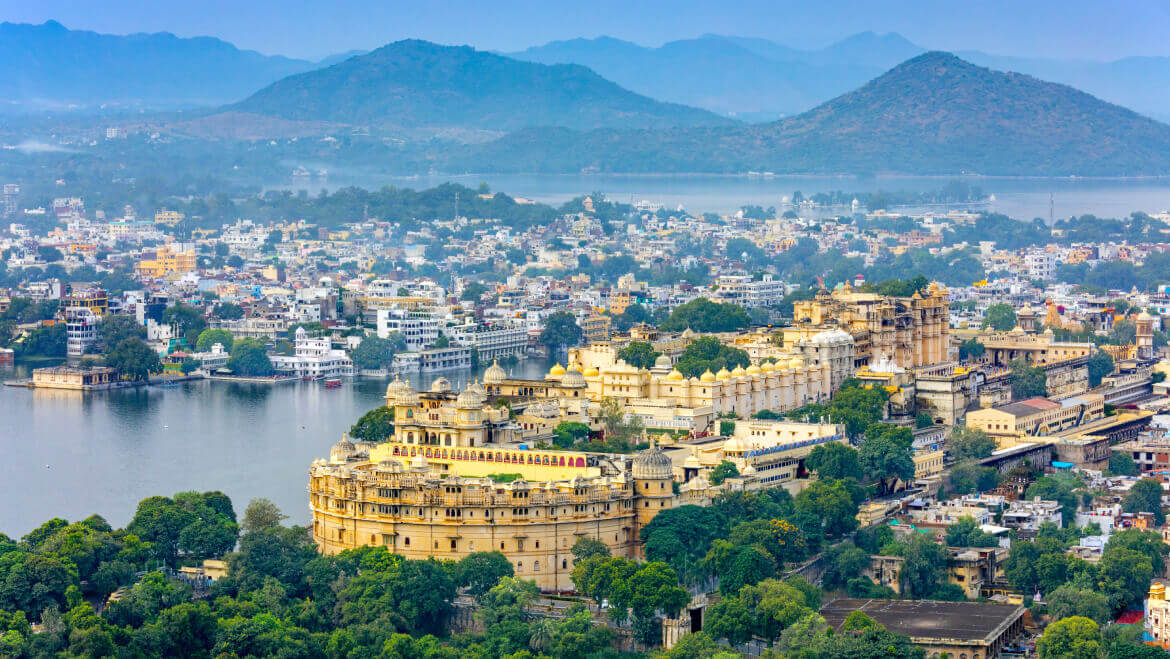
City of Lakes
About Udaipur
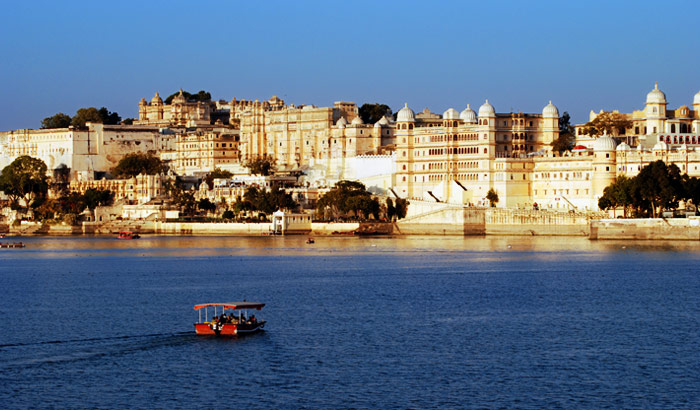
City Palace
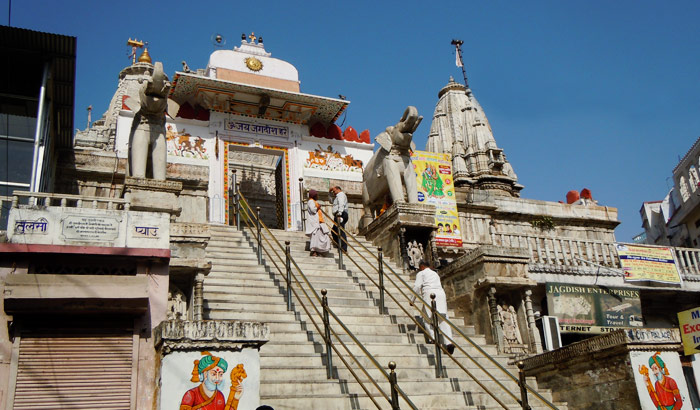
Jagdish Temple
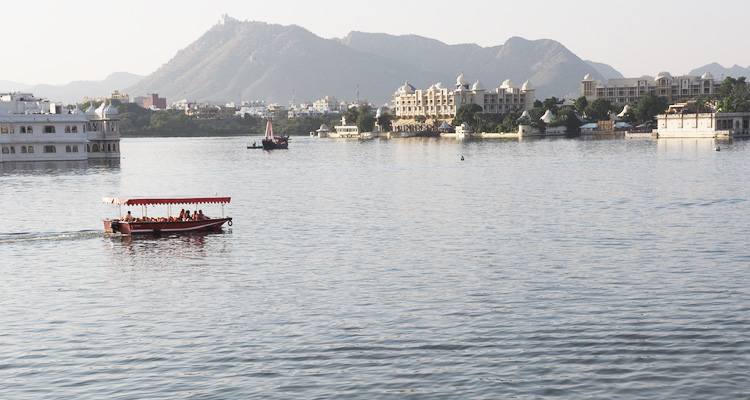
Lake Pichola
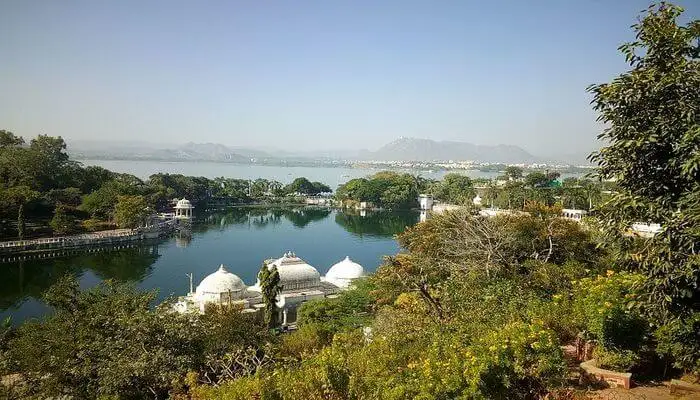
Dudh Talai/Cable Car/Ropeway
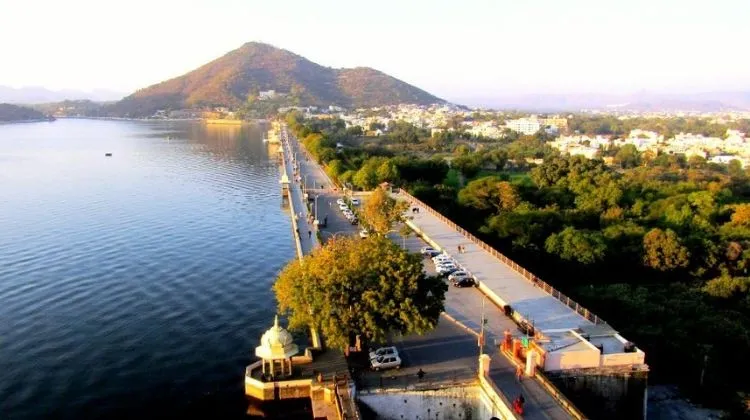
Fateh Sagar
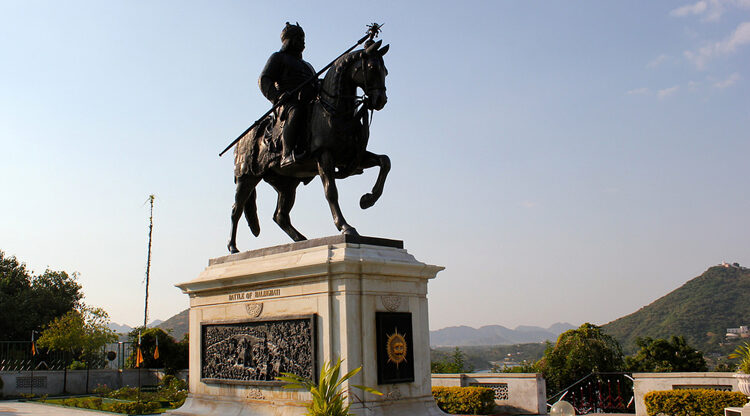
Moti Magri
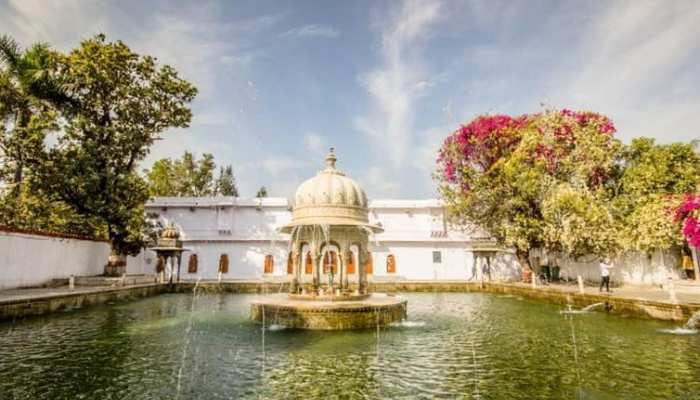
Saheliyon Ki Bari
Saheliyon ki badi, or Garden of the Maids of Honour, is in the north of the city, is well maintained, with fountains and kiosks, a delightful lotus pool and marble elephants. There is also a small museum here; of which the main attraction are some stuffed cobras.
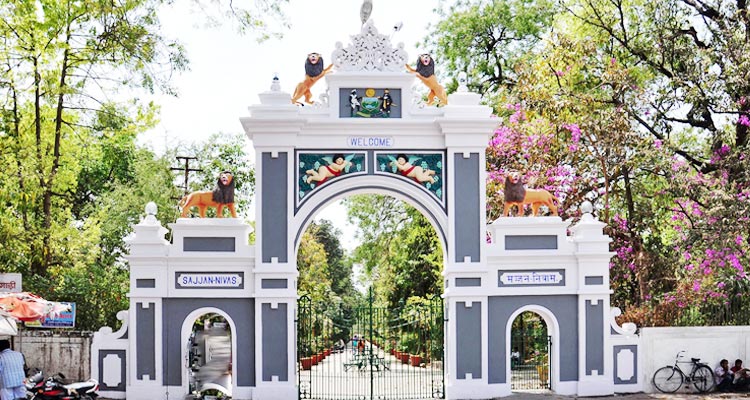
Gulab Bagh
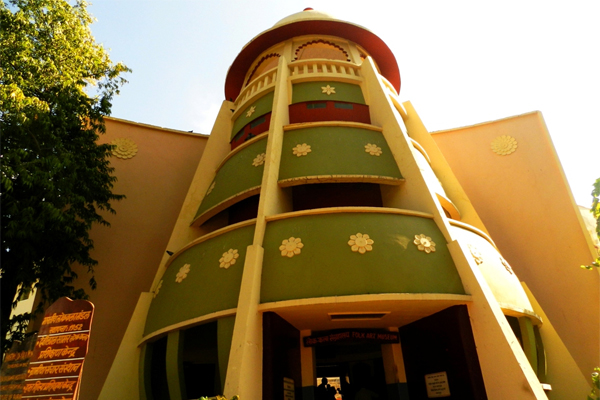
Bhartiya Lok Kala Mandal
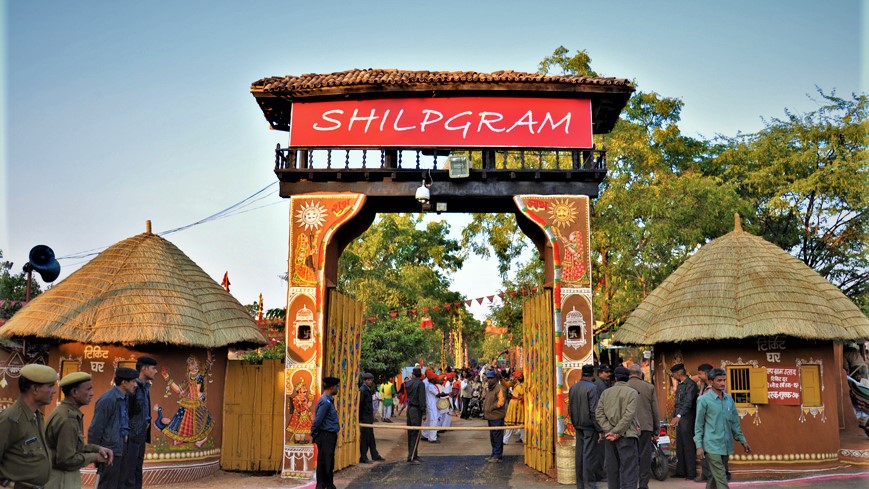
Shilpgram
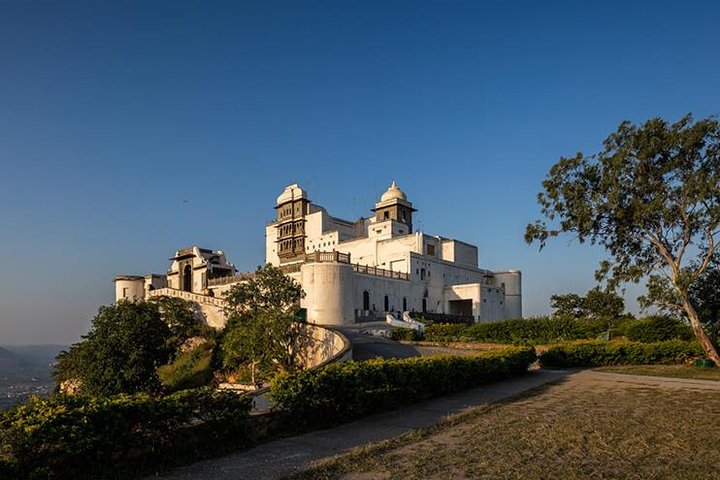
Sajjan Garh (Monsoon Palace)
Sajjan Garh offers a panoramic overview of the city’s lakes, palaces and the surrounding countryside. Sajjan Garh, a formar monsoon palace 1100 ft. high above the surrounding and 3100 ft. from sea level, was built by Maharana Sajjan Singh in 1884. The palace looks its best during the rainy season. It offers a panoramic overview of the city’s lakes, palaces and surrounding country side. The hillside is thickly wooded and the former rulers maintained this as a royal shooting preserve. The palace provides a beautiful view of the sunset
